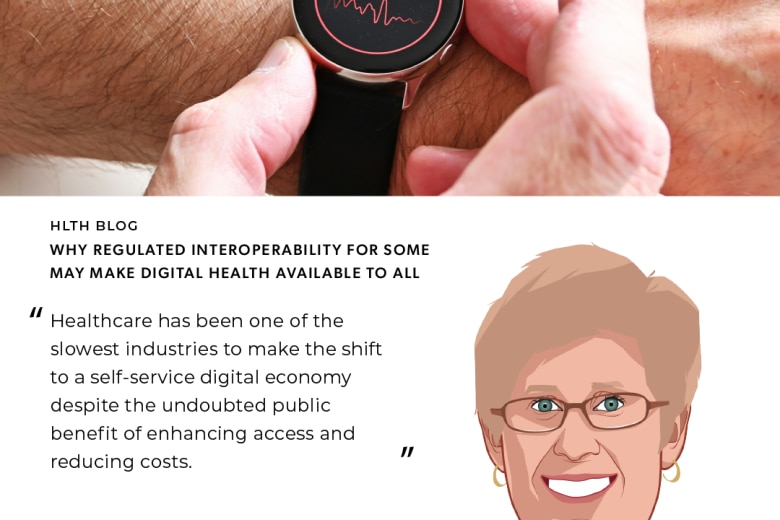One of the greatest paradoxes for health systems today is that they need to accommodate the patient demand created by COVID-19 while shutting down much of their revenue-generating businesses. The public may think that the flurry of activity on the frontline is allowing providers to get a strong revenue stream; the sad fact is that just the opposite is true.
In May, a New York Times article noted, “Hospitals are losing an estimated $50 billion a month now, according to the American Hospital Association. And 134,000 hospital employees were among the estimated 1.4 million health care workers who lost their jobs last month, data from the Bureau of Labor Statistics shows. Across the country, hospitals reported seeing between 40 and 70 percent fewer patients from late March through early May, many of them scheduled for profitable services like orthopedic surgery and radiological scans.” By late June, organizations like Trinity Health announced they were cutting jobs and projected an annualized revenue drop of $2B in FY2021.
I’ve experienced this firsthand as the chairperson of the board of a Federally Qualified Health Center. While gearing up our COVID response, we simultaneously had to shut down our dental practice, optical shop, behavioral health clinic, our preventative maintenance visits, and other critical services. That meant re-deploying staff we could toward our COVID response while furloughing or laying off non-essential employees. Our revenue dropped 70% in just one month. We were fortunate to have other sources of income, such as advances against future claims from our state Medicaid agency and a loan from our Accountable Care Organization (ACO).
So, is there a solution and a way to protect provider financial health against similar events in the future? As I speak with some of InterSystems health plan customers and prospects, they have been noting that providers who participate in risk-based contracts or capitated payment models are facing less of a revenue bloodbath than their fee-for-service (FFS) colleagues. In a recent
Healthcare Dive article, the author asked, “If your revenue is based on people walking in your door (i.e. fee-for-service) and they no longer can walk in the door, how do you continue to get paid?” The short-term answer is that you don’t.
One primary reason for the financial challenges currently confronting many providers is the fee-for-service (FFS) payment model that fuels our health care system. This demand-based approach rewards providers for the volume of patients that they see. But when demand dries up, FFS crushes providers financially. FFS payment also constrains providers to services tied to a specific set of payment codes.
In the near term, some colleagues and experts alike contend, participants in some of the risk-based ACOs may be rethinking their participation; longer term, however, moving to value-based care may be the way to go. One health plan executive told me that COVID-19 compelled previously resistant health systems to sign onto value-based contracts once the pandemic started to hit their bottom lines; another said that they felt that the move to risk-based contracting was finally accelerating.
Some forms of risk-based payment models are more suited for the current situation. Prospective payment models, which use either a capitated model or global payments, allow for a consistent revenue stream with a focus on well care and keeping patients healthy. Paying providers a per-member-per-month amount for their patient panels gives them a predictable cash flow, as well as flexibility to use the payments for innovative ways of treating their patients. For example, some organizations pivoted quickly to embracing telehealth; this allowed them to engage patients and check on their health while keeping them away from hospitals and physician offices. Use of population health management has become even more important to make sure that at-risk populations are getting the right care, in the right setting, at the right time. Often the best way to impact health outcomes is not through an office visit; it’s through everything that happens in between those visits.
The current crisis has driven both options and opportunities to keep people well while shoring up the bottom line. We now need to think more about how to engage patients on a continuum. I envision monitoring kits being dropped at a person’s home that come with a video attached to an email or on a patient portal on how to connect and collect data to send back to the provider. This already started to happen pre-COVID, but not at scale, and not under a fee-for-service model. Details still need to be worked out in these new payment models — especially how to measure quality and outcomes — but value-based care represents a financially sustainable path forward to refine and iterate until the healthcare system finds models that work.
COVID-19 has upended our healthcare delivery model in unprecedented ways. It has required fast, innovative responses to both address those diagnosed with the disease as well as concurrently find ways to take care of everyone else. Since the operating model has changed, and many would say that some aspects are for the better, so should the financial model change.
Read more blog posts from Lynda Rowe.
Read the latest blog posts on PULSE.
Learn how InterSystems is responding to the needs of our customers during the COVID-19 pandemic.




































